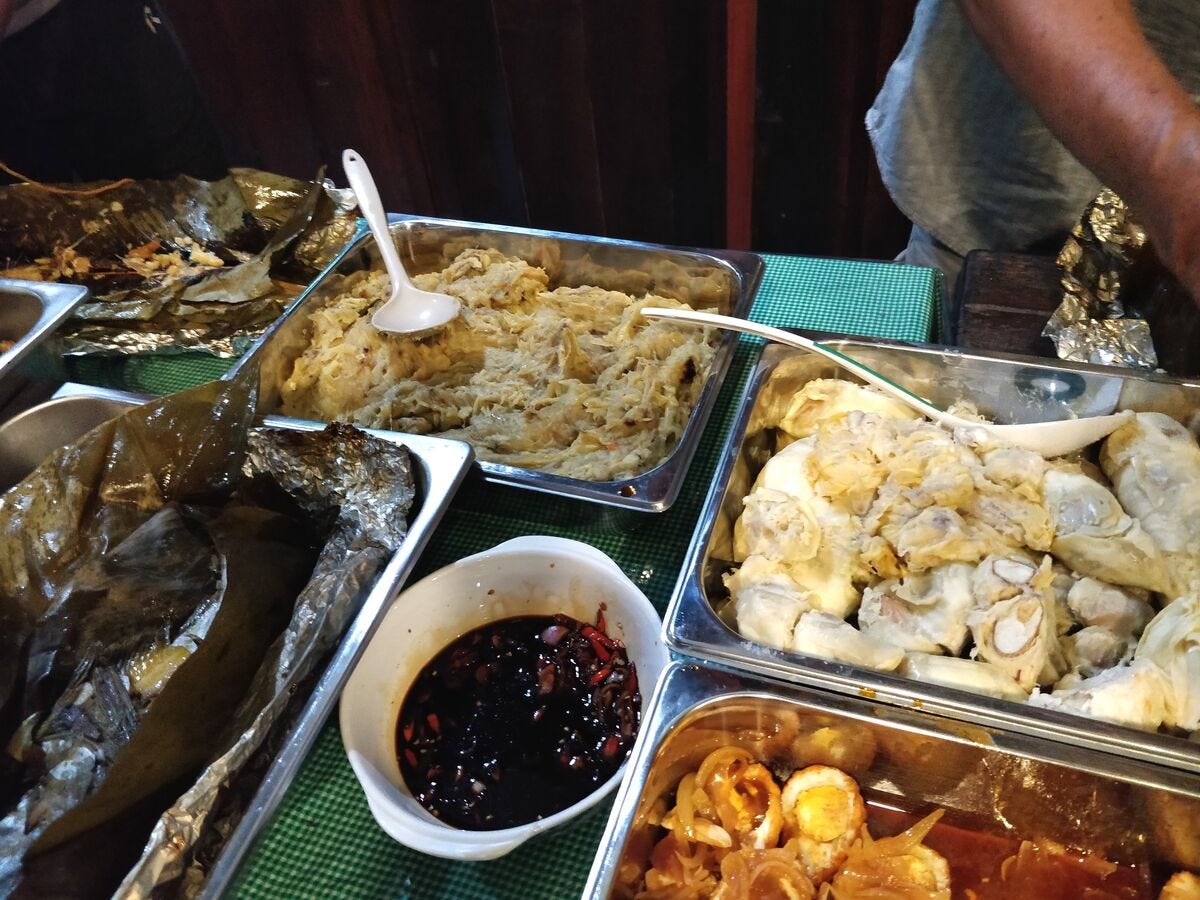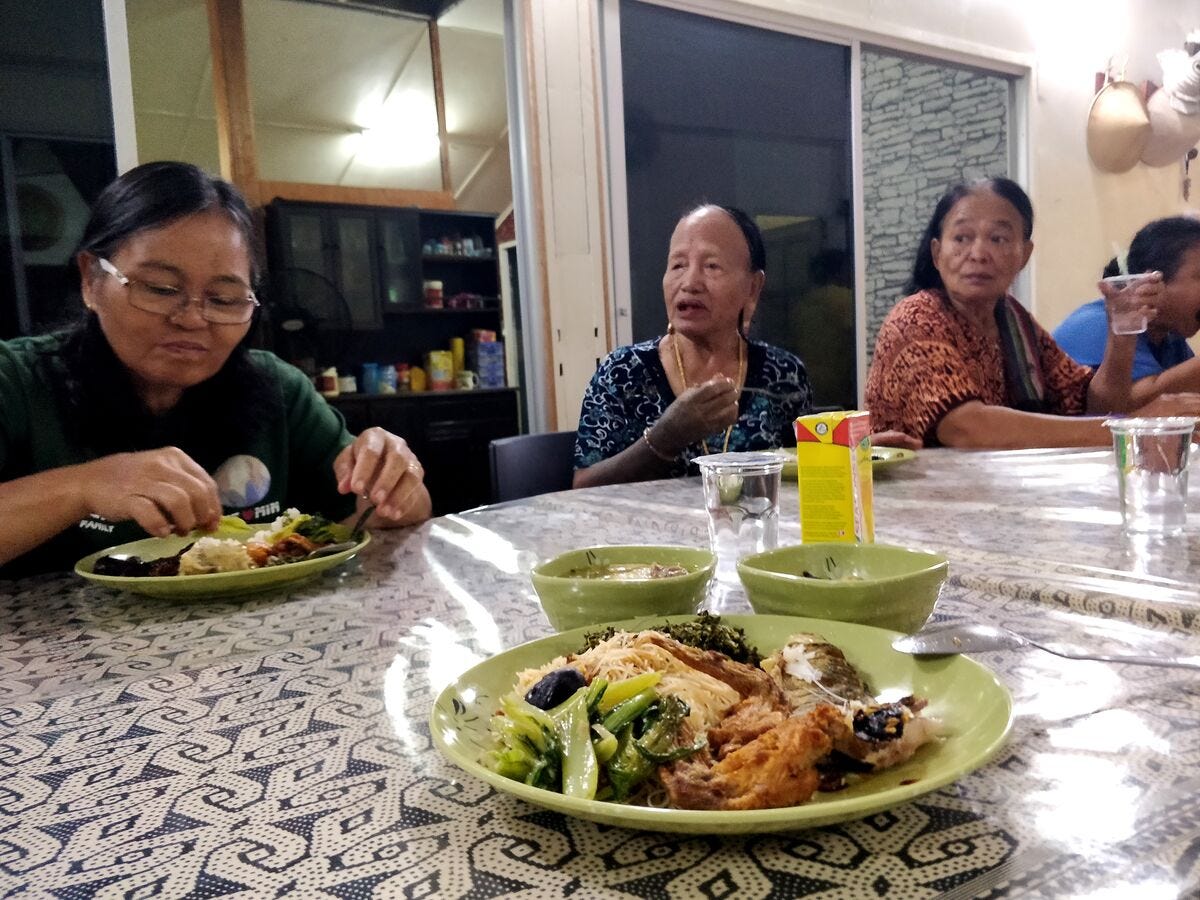Being woken up by the sound of construction work two days in a row tells me restrictions are easing. I was torn between feeling cautious relief by the prospect of economic activities resuming (ever so slowly) and annoyed by the sound of metal grinding against concrete. I bade farewell to the makeshift desk on the balcony and retreated indoors, shut the windows and turned up Spotify.
While restaurants here are now allowed to operate under the condition of serving only fully vaccinated patrons, I probably won’t be parking my laptop at a cafe anytime soon as we continue to hover around the 20K mark of new daily COVID-19 cases.
Instead, I’ve decided to revisit old dining spaces in a new four-part postcard series, ‘Eating Together’, starting this week; where I’ll be sharing soundbites and off-cuts from Plates’ storygathering trips. To remember the plates once shared and to dream of the remaining plates yet to be discovered.
If you've been one of the earliest ones at the table since the Rice issue, you might be familiar with Plates’ ‘storygathering’ workflow that takes place in multiple locations over the course of one to two years for just one issue. And each trip alone carries countless food encounters, recorded but unpublished; from the living room floor, kitchen counter, orchard tent and market stall.
Eating together: Food mass
Around this time in 2019 (on August 29, to be exact), I was in a Kayan longhouse, named Uma Belor Leo Dian, in Sarawak, Borneo, Malaysia; storygathering for the Durian issue. As with any situation or scheduling in a village, this ‘dinner invite’ (but more like non-attendees inviting/sending guests unknown to the host) came after dusk on a Thursday—laundry day.
Vague instructions more or less included, “Walk all the way down to this door—Block E. And have dinner there.” With my sarong still drying out at the back, my homestay host, Auntie Daisy, loaned me a bright pink one in response to, “Can I go [dressed] like this?” I was likely in comfy home shorts and t-shirt.
(For context, in a longhouse, each ‘unit’ is referred to as ‘pintu’, which translates to ‘door’. Each unit can house several generations at any one time. Uma Belor longhouse has 101 pintu’s.)
“There” turned out to be the village chief’s house where an evening mass was being held.
I remember initially feeling quite embarrassed when I showed up, not only because I had no idea until several inquisitive conversations later about whose house it was; but the fact that I was rocking up, empty handed, at the end of a Roman Catholic service to just, well, eat.
Video: A small section of the food spread post-mass. Chicken wings, curries, fish, stir-fry vegetables, and durian two ways.
Photo: Fermented durian (dish, top-centre); fresh durian (dish, top-right)
Photo: Feeling the school-canteen-new-kid-vibes. Can I join you?
This week, I’m
(still) working on: chasing the printers for Plates, Vol.4: Seeds
watching: Immortal Egypt — The Tombs Of Egypt's Greatest Kings
Plates is an independent print magazine that uses food as a conversation starter and offers alternatives to mainstream food culture narratives. If you enjoyed reading this postcard, feel free to forward it to a friend; leave a comment; or, if you’ve been meaning to, but haven’t quite gotten around to it, grab a plate and introduce yourself here, and pick up your very own copy of Plates here. Thanks for reading. See you next week.





